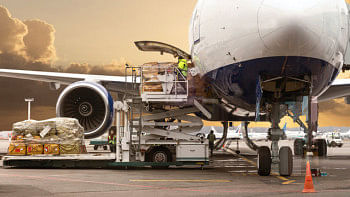Bippu tuning
 The Japs have given us many unique car styling ideas, and VIP car styling, or Bippu in Japanese, was one of the biggest crazes over the past few years. Alongside the Hellaflush movement, VIP styling is still running strong.
The Japs have given us many unique car styling ideas, and VIP car styling, or Bippu in Japanese, was one of the biggest crazes over the past few years. Alongside the Hellaflush movement, VIP styling is still running strong.
Having its roots in street culture in mid 90's Japan, Bippu styling came up due to a crackdown on sport compact cars and regular tuner cars by the cops, forcing drivers of tuned cars to turn to slower, more non-descript family or luxury sedans for cruising around town during the day. Not content with rolling around in stock cars, they started lowering the large, heavy sedans, and adding subtle touches to the exterior, while focusing on the most important part, the interior. Choice of rims and tires were vital, as the stance of the car was a defining characteristic of the VIP movement (thus the links to the Hellaflush scene). VIP styling was also been linked to the Yakuza, the Japanese mob. The gangsters preferred using nondescript luxury cars that were often mechanically stock, only to avoid detection by police and rival gangs. Since the whole deal started because the drivers wanted anonymity, the engines were mostly kept stock, other than minor upgrades like the exhaust and intake.
Over the years, the initial ideas evolved and morphed, with people opting for larger, more modern cars, wilder exterior work (crazy paint jobs, widebody kits, insane amounts of negative camber), more performance oriented builds, and, weirdly, smaller and more commonplace cars. Especially in places like Malaysia and Thailand, people started building VIP style cars based on Kei cars - ultra small city cars, like the Daihatsu Move (or the Malaysian local model, the Perodua Kenari) as well as minivans and microbuses, of all things.

 For all latest news, follow The Daily Star's Google News channel.
For all latest news, follow The Daily Star's Google News channel. 



Comments